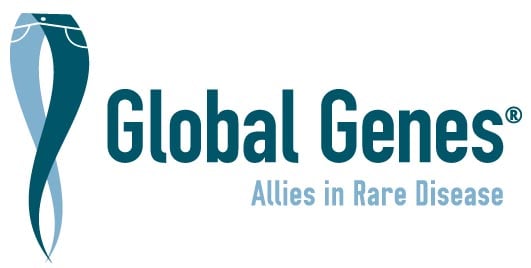Optic pathway glioma
Optic pathway glioma (OPG) is a benign tumor that develop along the optic nerve (chiasm tracts and radiations) characterized by impairment or loss of vision and may be accompanied by diencephalic symptoms such as reduced growth and alteration in sleeping patterns. OPG are often linked to neurofibromatosis type 1 (NF1 see this term).
Data from Orphanet are used to provide information on a disease's name, synonym(s), and overview.
Reference: Access aggregated data from Orphanet at Orphadata.
Orphadata: Free access data from Orphanet. © INSERM 1999. Available on http://www.orphadata.org. Data version April 2024
Newly diagnosed with
Optic pathway glioma?
Our RARE Concierge Services Guides are available to assist you by providing information, resources and connections as you navigate your rare disease journey.
Advocacy Organizations
COMBINEDBrain Inc
COMBINEDBrain is a consortium for outcome measures and biomarkers for neurodevelopmental disorders. We are collaborating to cure rare, non-verbal brain disorders.
Help Hope Live
Help Hope Live assists individuals living with catastrophic injuries and illnesses to fundraise toward their medical expenses and related costs.
Moonshots for Unicorns
Curing single-gene disorders
My Faulty Gene
My Faulty Gene is a nonprofit organization which provides information and assistance to any individual whose family medical history suggests genetic testing might be helpful in identifying an increased risk of disease due to a genetic mutation. We believe that everyone in need of genetic testing should have access to it.
My Little Sunshine Foundation
My Little Sunshine is a non-profit foundation dedicated to educating people about the importance of fertility preservation and making fertility resources accessible to all.
Project CASK
To fund research for treatment and/or a cure for CASK Gene Disorder
SALUS
Educate and provide resources to POC with Rare Cancers
Syndromes Without A Name (SWAN) Australia
Provide information, support and advocacy to families caring for a child with an undiagnosed or rare genetic condition.
Clinical Trials
For a list of clinical trials in this disease area, please click here.
